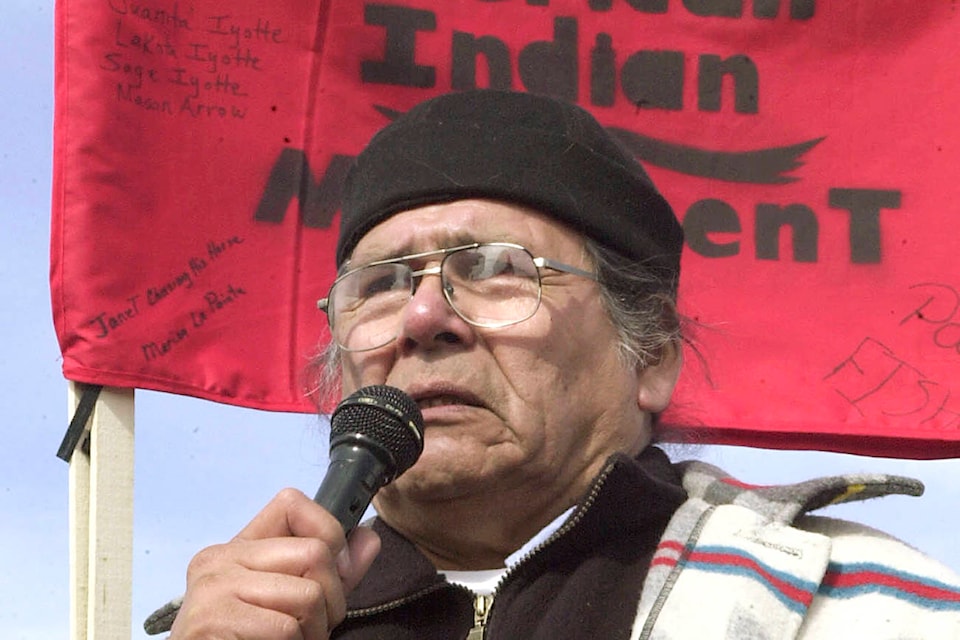Friends, one of the things you get to do as a writer is the interviews, for print, TV or radio.
For some, radio in particular and this one for Bush or Cabin Radio, out of Yellowknife, made for a good break from the Covid Isolation we all have to go through now and again.
The people on their end have to prepare as well. This one had to do with five books you as a writer look back fondly at.
The very first time I picked up Dee Brown’s Bury My Heart at Wounded Knee; an Indian History of the American West, I got to about halfway and just had to put it down. I couldn’t believe how different the truth was from what I’d been taught in what our schools call history.
You run up against this all the time, even with present-day colonialist leanings out there in the “official” world. Prime Minister Justin Trudeau failed to even attend an important vote on Indigenous Justice, involving children, with a top aide, Carolyn Bennett not voting at all.
The point they want to make is that we as Indigenous Peoples have to face impossible odds, just to play on the even field all Canadians enjoy on our lands.
About six months after having to leave off of Bury My Heart at Wounded Knee, I thought to myself, “y’know, Antoine, this is what your own People had to go through today for you to be alive, so at least learn your story.”
This is something we all have to do to at least appreciate all of the misery my generation when through for Canadians to live the good life.
Another of the five books I selected was Peter Matthiessen’s In the Spirit of Crazy Horse, which brought me to certain truths we have to deal with, and hopefully overcome.
Both Matthiessen and the late John Trudell, one spearhead of the American Indian Movement, agreed that Lakota political prisoner Leonard Peltier will never be free, period. Not even a black president, Obama, got it done. It would simply mean too much for our Indigenous struggle to have certain leaders still amongst us.
I also picked Nina’s Book by Eugene Burdick, better known for his The Ugly American. This was at a time I was almost done with my 12 years of enforced captivity at the hands of the RCMP, Canadian Government and Roman Catholic Church, at three different residential schools.
I was especially taken with the story of the young Holocaust prisoner and the doctor who fell in love with her.
The more up-to-times readings were Leanne Simpson’s Dancing on Our Turtle’s Back and Research is Ceremony, the Cree, Shawn Wilson’s take on how our traditional beliefs match up with academic understandings on research.
One way or another your own education has to face the reality of the World we live in. Too long have average Canadians assumed that the Indian residential schools were not all that bad and for us survivors to just leave it be.
What I’d like to know is what would change for you, if you knew the 215 children’s remains found in Kamloops, B.C. were white, instead of Indigenous? When does it become a crime scene investigation? What does it take for the truth to come out, much less change things?
Mahsi, thank you.
